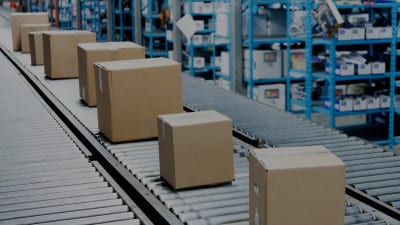The Difference between TMS and MTS in Transportation

It’s easy to confuse the various services of third-party logistics companies. The confusion may be because of the many service offerings, or because companies don’t want to waste time worrying about transportation, or it may be due to a general unfamiliarity with the logistics industry. Either way, it’s important for shippers to understand the difference between transportation management systems (TMS) and managed transportation services (MTS).
Case Study: How to Reduce Inbound Freight Costs by Tens of Thousands of Dollars

PLS Logistics is partners with a consumer goods manufacturer which has multiple locations. The client sells products to major retailers such as Walmart, Ace Hardware and Lowe’s. The company’s annual freight spend is a few million dollars.
How to Negotiate Lower LTL Freight Rates

Operating costs are rising for LTL carriers due to a number of factors – the driver shortage, rising pay, and aging equipment. Spot market and contract rates have both risen to compensate for these extra costs, however, contract rates rose higher than spot market rates and remain higher. Knowing how to get and negotiate the lower LTL freight rates is important if you want to save costs.
Roadblocks and Solutions to a Lean Supply Chain

Lean supply chains gained popularity in the manufacturing sector because substantial improvements can be made to eliminate waste and non-value added activity. Today, a lean supply chain refers to best-in-class supply chain execution; a process that produces what’s needed, when it’s needed, and where it’s needed with minimal waste in time or capital. In addition, lean strategies work for businesses who want to simplify and improve operational processes.
Don’t Make This One Big Mistake During TMS Implementation

Implementing transportation management software (TMS) can be a long and difficult process for some companies. Shippers usually choose software that will provide them with the fastest ROI, but this may not be the best answer long-term. Most shippers overlook one crucial area of TMS implementation: carrier connectivity. Because of this, shippers are prone to make some TMS mistakes.

